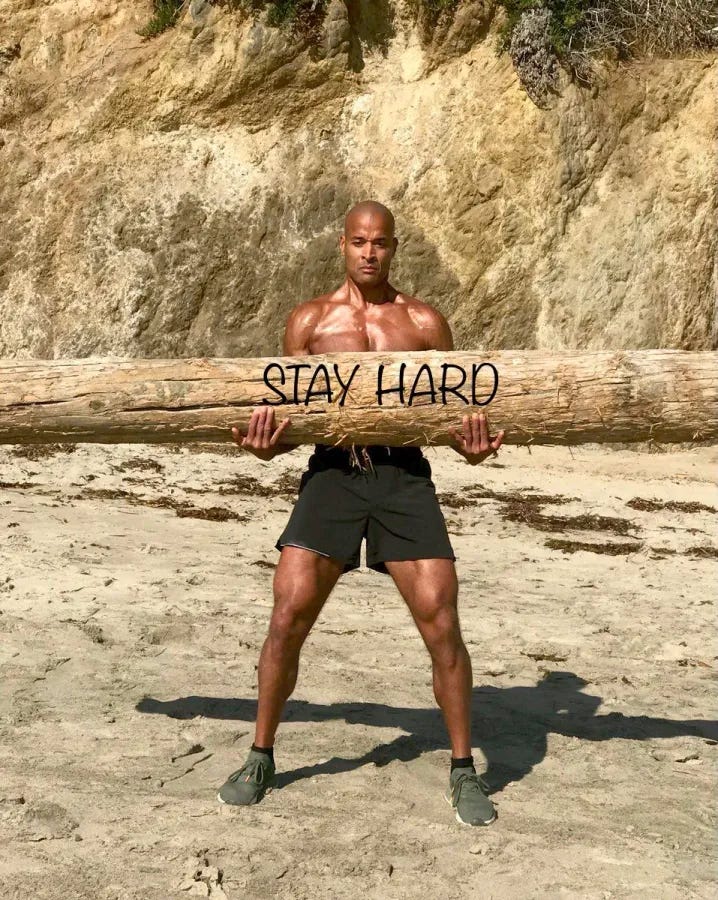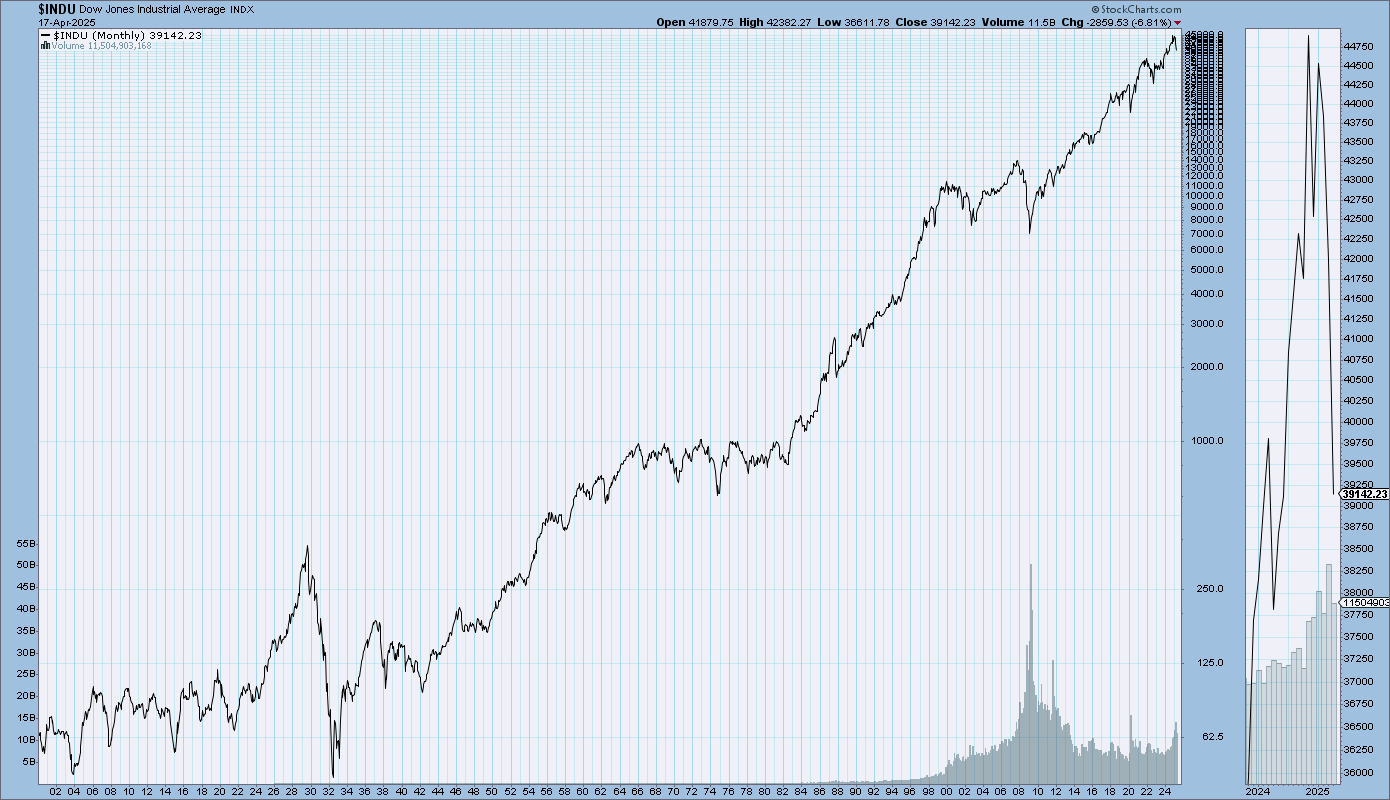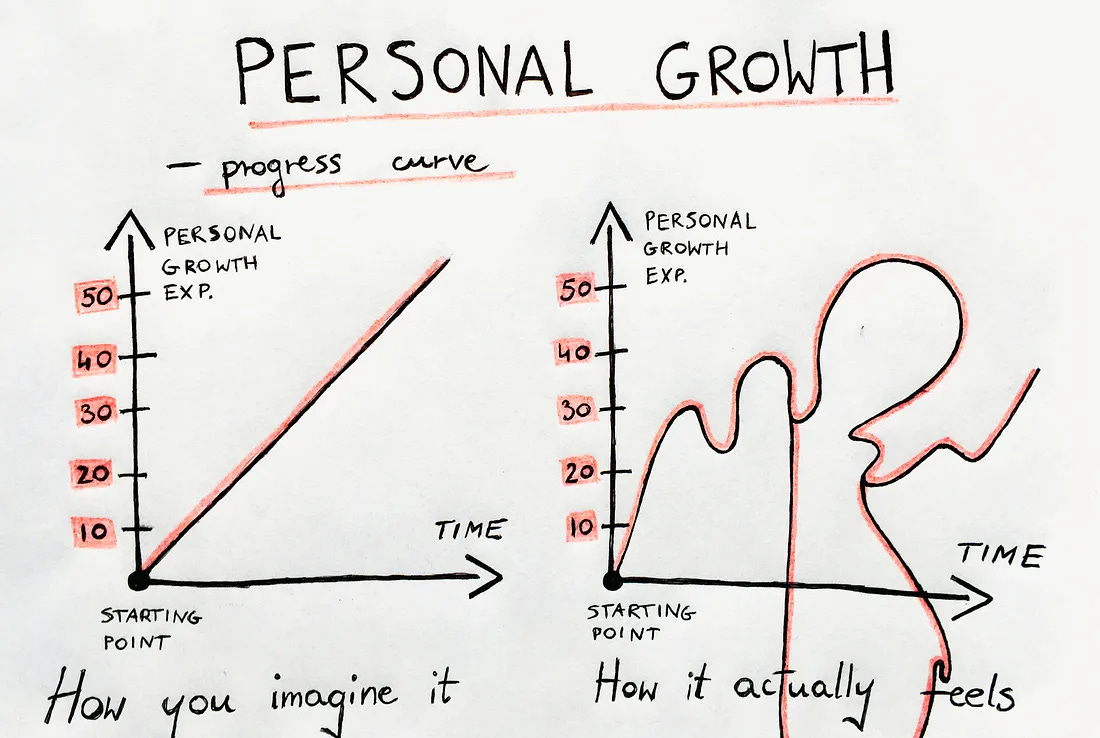Unlock Your Growth: Why a Little Discomfort is Your Secret Weapon
A Practical Guide for Embracing Discomfort and Improving Your Life
Last week, I wrote about what hot yoga has taught me about myself and about personal growth: That embracing discomfort is crucial to achieving meaningful growth.
Discomfort is an odd feeling. It’s so…yucky. I know when I first started hot yoga, I had a visceral reaction to it. “F&^k, I hate this. This is awful. I’m so gross and sweaty. This is so hard.”
But what if that “yucky” feeling is actually a signal? Science and experience teach us that discomfort can actually serve as a signal for growth.
When individuals choose to push past feelings of awkwardness, fear, or difficulty, they can reinterpret these sensations as indicators they are challenging themselves and making progress towards their goals. And this reframing can be highly motivating and help the individual persist in the face of obstacles.1
But it all seems so…hard, doesn’t it?

We hear stories from figures like David Goggins, the ex-Navy Seal famous for enduring unimaginable pain to complete Ironmans and marathons.2 Does growth really require running a marathon on broken legs?
I believe there’s another way. A path that requires embracing discomfort, for sure, but not necessarily the extreme physical kind. It’s about facing the discomfort of change, uncertainty, and starting something new.
My own journey—from feeling directionless and numb while on antidepressants for over 20 years to tapering off and finding a deep connection to self and purpose—didn't involve Goggins-level feats. It did involve learning to sit with discomfort and take small, consistent steps.
If you're feeling stuck and the "run through a brick wall" advice doesn't resonate, this is for you. Here’s how you can start embracing discomfort in a sustainable way to kickstart your own growth.
Find Your North Star: What’s Your WHY?
What specifically do you want to change and why? If you don’t first start with an end goal in mind, you’ll find it’s very difficult to stay motivated.
Take a moment right now: What's one specific change you want to make? And why does it truly matter to you? Grab a pen and jot it down.
My self improvement journey started off pretty simply. I wanted to get off my antidepressant (my WHAT) because it was numbing my emotions and filling me with a sense of apathy towards life (my WHY).
Knowing your WHY provides the direction. The next crucial step is to make that destination vivid and emotionally compelling for your subconscious.
Visualize Your Future Self: Make it Real
Once you have your WHY, write it down and remind yourself daily. Visualize how you’ll be living. What does it feel like to be this version of yourself? How do you show up for yourself and others? What are you able to achieve now as this version?
Visualization helps align our subconscious with our goals. As neurosurgeon Dr. James Doty explains in his book Mind Magic: The Neuroscience of Manifestation and How It Changes Everything, we can train our subconscious to recognize and act on opportunities related to our deepest intentions through repetition and associating positive feelings with our desired outcomes.
I do an exercise every morning where I mix positive affirmations with visualizations3 based on my goals with the purpose of teaching my subconscious that these things are extremely important to me.
For instance, When I’m visualizing publishing my book, I imagine the feeling of walking into my local bookstore and seeing my book next to other bestsellers in the middle of the store. I let those emotions like awe, excitement, and accomplishment wash over me.
I also visualize a book signing with a long line of readers waiting to shake my hand and feel the emotions of them telling me how much my book meant to their personal journey. It gives me an unwavering sense of gratitude to know that my suffering had meaning. And it further reinforces my purpose to help others.
When the discomfort of writing, posting on Substack, or facing rejection feels overwhelming to me, I reconnect with these emotions—the gratitude, the excitement, the accomplishment—and this provides me the motivation to push through.
Write down one visualization that is tied to your North Star. When you visualize this, make sure you feel the emotions that come up. This is important for your subconscious to tag this North Star as important. My recommendation is to incorporate this visualization into your daily routine.
With this powerful vision fueling you, the next step is breaking the journey down into manageable actions.
Small Steps, Big Momentum: Start Where You Are
It should go without saying, but running a marathon without training is something I strongly advise against. 😆
I think it’s common sense that if your goal is to run a marathon, you should start training well ahead of the actual marathon, start eating and hydrating better, etc.4
This intuitive approach lines up with how behavior change typically works. Experts developed the Transtheoretical Model of Health Behavior Change5, which shows that changing a habit isn’t an immediate process. It unfolds over time, often starting with just thinking about change (contemplation) long before taking significant action.
Embracing small, manageable steps honors this natural progression. Instead of trying to jump straight to the finish line, you meet yourself where you are, which makes it less intimidating and builds momentum towards lasting change.
What has been helpful for my personal health journey was breaking down large goals into minimally viable actions. I knew that to get off my antidepressant, which I was terrified of doing for fear of my anxiety and panic symptoms returning dramatically, I needed to get my diet, exercise, and support system in line before I actually reduced my dosage.
And to accomplish each, there were smaller actions I needed to take, like finding a therapist and understanding what supplements could help reduce anxiety symptoms.
But we’re all human. What do you do when you hit periods of doubt and a lack of motivation?
Fueling the Fire: Staying Motivated When Discomfort Hits
As you stack small wins, you will feel a sense of accomplishment and it reinforces your belief in your ability to achieve your desired goals.
But, you aren’t going to feel motivated every single day. We all have good days and bad days and that’s ok.
A great trick if you’re feeling unmotivated is to remind yourself of your WHY.
Maybe you want to lose 50 pounds and get off your medications. You are starting to exercise more and eat healthier. But you’re running into a lack of motivation to get up early in the morning and exercise.
We’ve all been there: It’s 6am, the alarm rings, and the discomfort of leaving your warm bed is overwhelming.
But that is when it’s crucial to revisit WHY. How will the temporary discomfort of leaving your warm bed compare to the joy of playing tennis with your partner again? Or easily lifting your grandchildren around the house? Or feeling free from the side effects of all those medications?
Connect with the positive feeling of the outcome to help override the temporary discomfort of the action. When you deeply connect to your WHY, you should find it easier to get back on track.
Even the most motivated people struggle with setbacks along their journey. How do we navigate these inevitable peaks and valleys?
Progress Isn’t Linear: Be Kind to Yourself Along the Journey
Of course, you’re going to run into days where you just can’t (Not today, Satan).
It’s also important that you practice self compassion and not punish yourself when you don’t achieve everything you want to achieve that day.
(I like personal finance, so bare with me for a second.)
Just like the stock market on a bad day, I tell people who are over reactive to “zoom out.” If you’re focused on a 2.5% dip today, realize it’s just one day across many. See below. Looks bad, right?
When you zoom out, you’ll see that the stock market (historically) has always gone up over the long run.
This will also be true of your own progress. Progress is a process. And it’s not perfectly linear.
I love this chart from Marta Brzosko’s Medium post, The 4 Ugly Lies Of Personal Growth:
Give yourself grace that you can’t be perfect every single day. Your progress will never look like the chart on the left.
Self-compassion isn’t about letting yourself off the hook permanently. It’s about acknowledging a tough day without judgment, so you have the emotional energy to face the discomfort and try again tomorrow.
What’s important is that you stack more good days than bad days over the long run. If you find yourself demotivated or treating yourself harshly, remember the chart above.
And then connect again with who you want to be and why. That’s your North Star.
Recap
Embracing discomfort isn't about seeking extreme physical pain; it's about willingly stepping into the friction required for change. It’s choosing the temporary discomfort of action over the long-term discomfort of stagnation.
By finding your WHY, visualizing your future, starting small, and practicing self-compassion, you build the resilience to keep going, even when it's hard. Progress isn't linear, but consistent effort, guided by your WHY, creates its own upward trend.
Now, I'd love to hear from you: What's one small area of discomfort you're willing to step into this week for the sake of your growth? Share your thoughts in the comments below!
One of my next posts will be about my daily routine, which has taken me years to cultivate.
I’m not a runner but this seems like common sense ¯\_(ツ)_/¯








Thanks for this thoughtful reminder, Andy. Embracing discomfort as a catalyst for growth is such a powerful mindset—your insights encourage us to lean into challenges rather than avoid them.
Zooming out is so important. Applies to a lot of things.